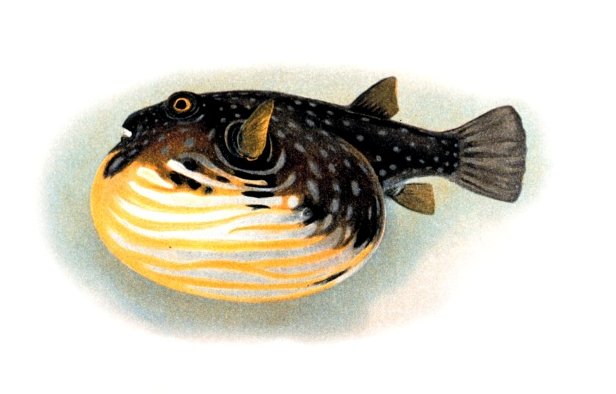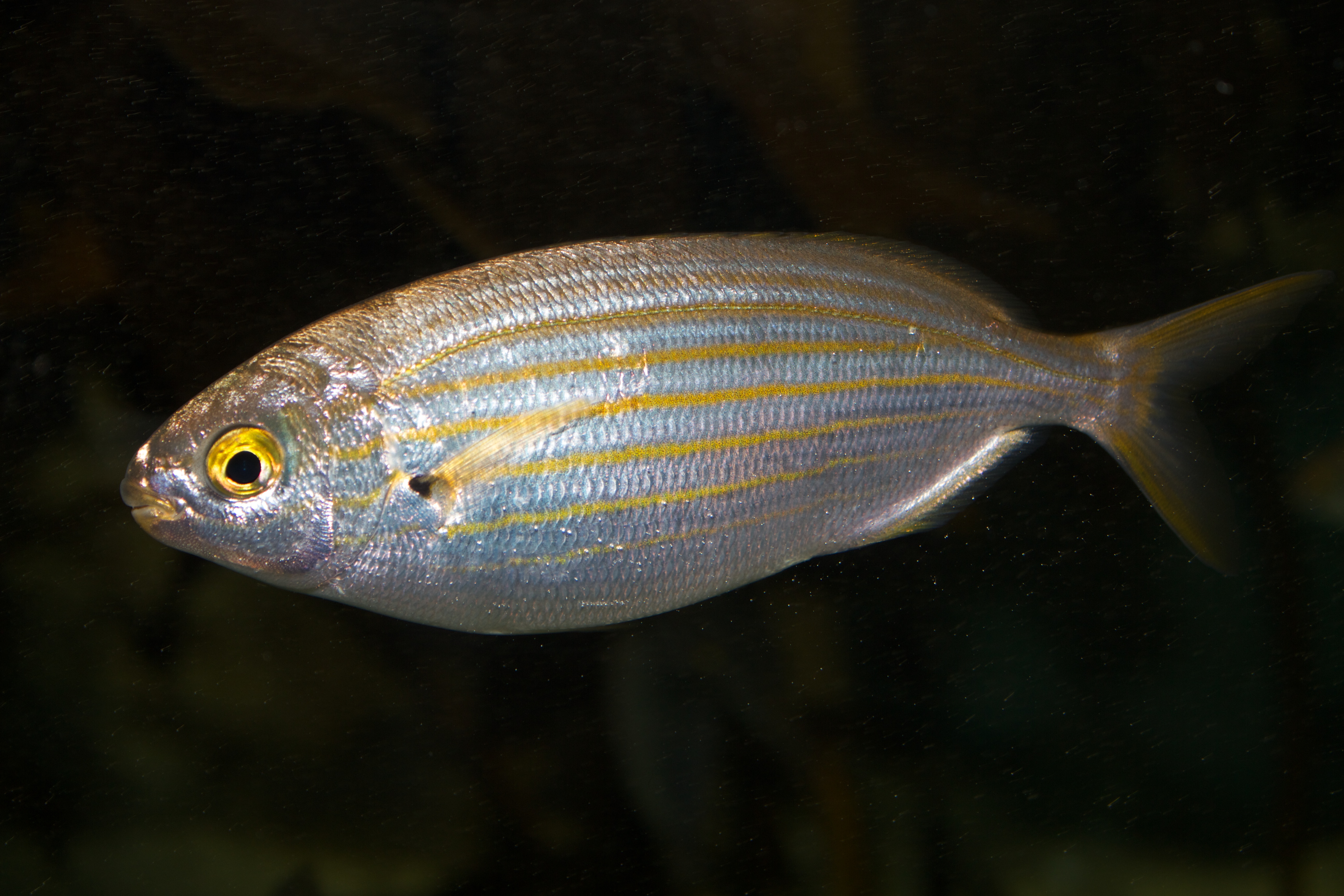|
Poisonous Fish
Poisonous fish are fish that are poisonous to eat. They contain toxins which are not destroyed by the digestive systems of animals that eat the fish.Poisonous vs. Venomous fish: What’s the difference? Reef Biosearch. Retrieved 17 July 2009. also contain toxins, but do not necessarily cause poisoning if they are eaten, since the digestive system often destroys their venom. Examples *Species of (the family |
Harmful Algal Blooms
A harmful algal bloom (HAB) (or excessive algae growth) is an algal bloom that causes negative impacts to other organisms by production of natural algae-produced toxins, mechanical damage to other organisms, or by other means. HABs are sometimes defined as only those algal blooms that produce toxins, and sometimes as any algal bloom that can result in severely lower oxygen levels in natural waters, killing organisms in marine or fresh waters. Blooms can last from a few days to many months. After the bloom dies, the microbes that decompose the dead algae use up more of the oxygen, generating a " dead zone" which can cause fish die-offs. When these zones cover a large area for an extended period of time, neither fish nor plants are able to survive. Harmful algal blooms in marine environments are often called "red tides". It is sometimes unclear what causes specific HABs as their occurrence in some locations appears to be entirely natural, while in others they appear to be a res ... [...More Info...] [...Related Items...] OR: [Wikipedia] [Google] [Baidu] |
Scombroid Food Poisoning
Scombroid food poisoning, also known as simply scombroid, is a foodborne illness that typically results from eating spoiled fish. Symptoms may include flushed skin, headache, itchiness, blurred vision, abdominal cramps, and diarrhea. Onset of symptoms is typically 10 to 60 minutes after eating and can last for up to two days. Rarely, breathing problems or an heart arrhythmia, irregular heartbeat may occur. Scombroid occurs from eating fish high in histamine due to inappropriate storage or processing. Fish commonly implicated include tuna, mackerel, mahi mahi, sardine, anchovy, herring, bluefish, amberjack, and marlin. These fish naturally have high levels of histidine, which is converted to histamine when bacterial growth occurs during improper storage. Subsequent cooking, smoking, or freezing does not eliminate the histamine. Diagnosis is typically based on the symptoms and may be supported by a normal blood tryptase. If a number of people who eat the same fish develop symptoms, ... [...More Info...] [...Related Items...] OR: [Wikipedia] [Google] [Baidu] |
Salmon Poisoning Disease
''Neorickettsia helminthoeca'' is a bacterium in the ''Neorickettsia'' genus that causes Salmon poisoning disease. Salmon poisoning disease Salmon poisoning disease (SPD) is a fatal disease of dogs and other canids caused by a rickettsial bacterium, ''Neorickettsia helminthoeca''. It results from eating raw salmon, trout, or salamander and is common in the Pacific Northwest. These fish and amphibians are infected with the larvae of a fluke, '' Nanophyetus salmincola'' through an intermediate host, the snail '' Oxytrema plicifer''. The larvae attaches to the intestine of the dog and the rickettsial bacteria are released, causing severe gastrointestinal disease and systemic infection. '' Neorickettsia elokominica'', carried by the same fluke, causes a similar disease known as Elokomin fluke fever (EFF) in canids, bears, raccoons, and ferrets. Symptoms Symptoms of SPD begin about one week after eating the salmon and include vomiting, diarrhea, loss of appetite, depression, high ... [...More Info...] [...Related Items...] OR: [Wikipedia] [Google] [Baidu] |
Ichthyoallyeinotoxism
Ichthyoallyeinotoxism, or hallucinogenic fish inebriation, comes from eating certain species of fish found in several parts of the tropics, the effects of which are reputed to be similar in some aspects to LSD. Experiences may include vivid auditory and visual hallucinations. This has given rise to the collective common name "dream fish" for ichthyoallyeinotoxic fish. The species most commonly claimed to be capable of producing this kind of toxicity include several species from the genus ''Kyphosus'', including ''Kyphosus fuscus'', ''K. cinerascens'' and ''K. vaigiensis''. It is unclear whether the toxins are produced by the fish themselves or by marine algae in their diet, but a dietary origin may be more likely. ''Sarpa salpa'', a species of bream, can induce LSD-like hallucinations if it is eaten. These widely distributed coastal fish are called "the fish that make dreams" in Arabic. In 2006, two men who ate fish, apparently the ''Sarpa salpa'' caught in the Mediterranean, were ... [...More Info...] [...Related Items...] OR: [Wikipedia] [Google] [Baidu] |
Hallucinogenic Fish
Several species of fish are claimed to produce hallucinogenic effects when consumed. For example, ''Sarpa salpa'', a species of sea bream, is commonly claimed to be hallucinogenic. These widely distributed coastal fish are normally found in the Mediterranean and around Spain, and along the west and south coasts of Africa. Occasionally they are found in British waters. They may induce hallucinogenic effects similar to LSD if eaten. However, based on the reports of exposure they are more likely to resemble hallucinogenic effects of deliriants than the effects of serotonergic psychedelics such as LSD. In 2006, two men who apparently ate the fish experienced hallucinations lasting for several days (an effect common with some naturally occurring deliriants). The likelihood of hallucinations depends on the season. ''Sarpa salpa'' is known as "the fish that makes dreams" in Arabic. Other species claimed to be capable of producing hallucinations include several species of sea chub f ... [...More Info...] [...Related Items...] OR: [Wikipedia] [Google] [Baidu] |
Haff Disease
Haff disease is the development of rhabdomyolysis (swelling and breakdown of skeletal muscle, with a risk of acute kidney failure) within 24 hours of ingesting fish. History The disease was first described in 1924 in the vicinity of Königsberg, Germany (now Kaliningrad, Russia) on the Baltic coast, in people staying around the northern part of the Vistula Lagoon (German: ''Frisches Haff''). Over the subsequent fifteen years, about 1000 cases were reported in people, birds and cats, usually in the summer and fall, and a link was made with the consumption of fish (burbot, eel and pike). Since that time, only occasional reports have appeared of the condition, mostly from the Soviet Union and Germany. In 1997, six cases of Haff disease were reported in California and Missouri, all after the consumption of buffalo fish (''Ictiobus cyprinellus''). In July and August 2010, dozens of people contracted rhabdomyolysis after eating ''Procambarus clarkii'' in Nanjing, China. A month later, ... [...More Info...] [...Related Items...] OR: [Wikipedia] [Google] [Baidu] |
Ciguatera
Ciguatera fish poisoning (CFP), also known simply as ciguatera, is a foodborne illness caused by eating reef fish whose flesh is contaminated with certain toxins. Such individual fish are said to be ciguatoxic. Symptoms may include diarrhea, vomiting, numbness, itchiness, sensitivity to hot and cold, dizziness, and weakness. The onset of symptoms varies with the amount of toxin eaten from half an hour to up to two days. The diarrhea may last for up to four days. Some symptoms typically remain for a few weeks to months. Heart difficulties such as bradycardia, slow heart rate and low blood pressure may also occur. The specific toxins involved are ciguatoxin and maitotoxin. They are originally made by a small marine organism, ''Gambierdiscus toxicus'', that grows on and around coral reefs in tropical and subtropical waters. These are eaten by herbivorous fish which in turn are eaten by larger carnivorous fish. The toxins become Bioaccumulation, more concentrated as they move up the ... [...More Info...] [...Related Items...] OR: [Wikipedia] [Google] [Baidu] |
Aquatic Toxicology
Aquatic toxicology is the study of the effects of manufactured chemicals and other human impact on the environment, anthropogenic and natural materials and activities on : aquatic organisms, aquatic organisms at various levels of organization, from subcellular through individual organisms to communities and ecosystems. Aquatic toxicology is a multidisciplinary field which integrates toxicology, aquatic ecology and aquatic chemistry. This field of study includes freshwater, marine water and sediment environments. Common tests include standardized acute and chronic toxicity tests lasting 24–96 hours (acute test) to 7 days or more (chronic tests). These tests measure endpoints such as survival, growth, reproduction, that are measured at each concentration in a gradient, along with a control test. Typically using selected organisms with ecologically relevant sensitivity to toxicants and a well-established literature background. These organisms can be easily acquired or cultured in la ... [...More Info...] [...Related Items...] OR: [Wikipedia] [Google] [Baidu] |
Ciguatera Poisoning
Ciguatera fish poisoning (CFP), also known simply as ciguatera, is a foodborne illness caused by eating reef fish whose flesh is contaminated with certain toxins. Such individual fish are said to be ciguatoxic. Symptoms may include diarrhea, vomiting, numbness, itchiness, sensitivity to hot and cold, dizziness, and weakness. The onset of symptoms varies with the amount of toxin eaten from half an hour to up to two days. The diarrhea may last for up to four days. Some symptoms typically remain for a few weeks to months. Heart difficulties such as slow heart rate and low blood pressure may also occur. The specific toxins involved are ciguatoxin and maitotoxin. They are originally made by a small marine organism, ''Gambierdiscus toxicus'', that grows on and around coral reefs in tropical and subtropical waters. These are eaten by herbivorous fish which in turn are eaten by larger carnivorous fish. The toxins become more concentrated as they move up the food chain. The fish most ... [...More Info...] [...Related Items...] OR: [Wikipedia] [Google] [Baidu] |
PhysOrg
Phys.org is an online science, research and technology news aggregator offering briefs from press releases and reports from news agencies (a form of journalism sometimes pejoratively called churnalism). The website also produces its own science journalism. Phys.org is one of the most updated science websites, with an average of 98 posts per day. It is part of the Science X network of websites, headquartered on the Isle of Man, United Kingdom. In April 2011, Phys.org launched the Medical Xpress site dedicated to content on medicine and health. See also * EurekAlert! * Science Daily ''Science Daily'' is an American website launched in 1995 that aggregates press releases and publishes lightly edited press releases (a practice called churnalism) about science, similar to Phys.org and EurekAlert!. The site was founded by mar ... References External links * British news websites Technology websites British technology news websites News aggregators British science websit ... [...More Info...] [...Related Items...] OR: [Wikipedia] [Google] [Baidu] |
Hawaii
Hawaii ( ; haw, Hawaii or ) is a state in the Western United States, located in the Pacific Ocean about from the U.S. mainland. It is the only U.S. state outside North America, the only state that is an archipelago, and the only state geographically located within the tropics. Hawaii comprises nearly the entire Hawaiian archipelago, 137 volcanic islands spanning that are physiographically and ethnologically part of the Polynesian subregion of Oceania. The state's ocean coastline is consequently the fourth-longest in the U.S., at about . The eight main islands, from northwest to southeast, are Niihau, Kauai, Oahu, Molokai, Lānai, Kahoolawe, Maui, and Hawaii—the last of these, after which the state is named, is often called the "Big Island" or "Hawaii Island" to avoid confusion with the state or archipelago. The uninhabited Northwestern Hawaiian Islands make up most of the Papahānaumokuākea Marine National Monument, the United States' largest protected ... [...More Info...] [...Related Items...] OR: [Wikipedia] [Google] [Baidu] |




